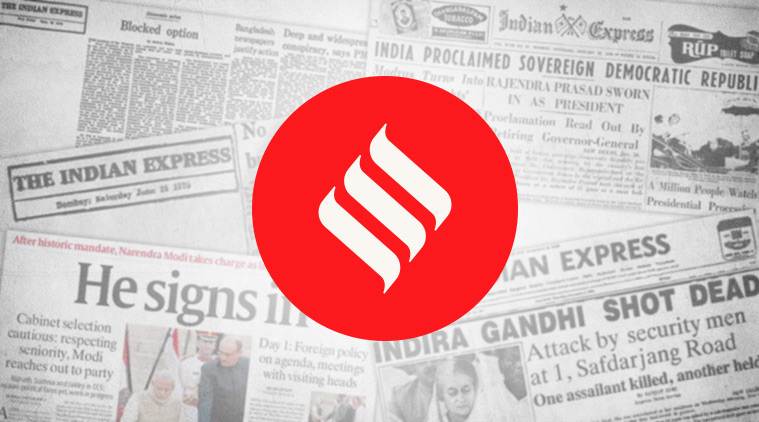
After a dry spell of almost 200 days, Chennai received monsoon showers last week. But this has not mitigated the water crisis in Tamil Nadu’s capital. Clashes over water have been reported from different parts of the city and firms in Chennai’s Information Technology Park have asked employees to either work from home or bring their own water. The state government and the city’s municipality have blamed the crisis on the deficient Northeast Monsoon in October-November last year. They are not completely wrong. However, the fact also is that in the past five years, Chennai’s water supply has consistently fallen short of the city’s requirement. The Chennai Metropolitan Water Supply and Sewerage Board has been able to supply only 830 million litres a day (mld) as against the demand of about 1,200 mld. This year, the agency’s water supply dipped to 550 mld.
Chennai is a rain-shadow city. It gets more than 80 per cent of its water from the Northeast Monsoon. In the past, this water was stored in ponds, canals and lakes which would minimise the run-off — that a coastal city is susceptible to — and recharge groundwater. Besides, according to a study by researchers at the geology department of Chennai’s Anna University, the city had more than 60 large water bodies at the turn of the 20th century. Three major waterways — the Buckingham canal and the rivers, Adyar and Cooum — crisscrossed Chennai. But Tamil Nadu’s capital today has only 28 water bodies, large or small, notes the Anna University study. The Pallikaranai marshland which used to sprawl over more than 6,000 hectares has shrunk to about 650 hectares. A growing body of literature has shown that urban planners gave short shrift to the imperatives of Chennai’s hydrology to meet the city’s infrastructural demands. A parliamentary panel that enquired into the causes of the Chennai floods in 2015, for example, reported that that real estate business had “usurped” the city’s water bodies. Today, Chennai gets its water from four reservoirs, which have gone dry after the retreating monsoon failed last year. Chennai’s desalination plants can barely supply a fifth of the city’s water requirements.
Chennai is amongst the 21 Indian cities which the Niti Aayog fears will run out of groundwater by 2020. The city’s water crisis bares a critical challenge for the new Jal Shakti ministry. It has to play a leading role in resolving the tension in India’s current urban planning paradigm between the developmental needs of people and water security imperatives. The new ministry should start by coordinating with local authorities in Chennai to rejuvenate the city’s aquifers.